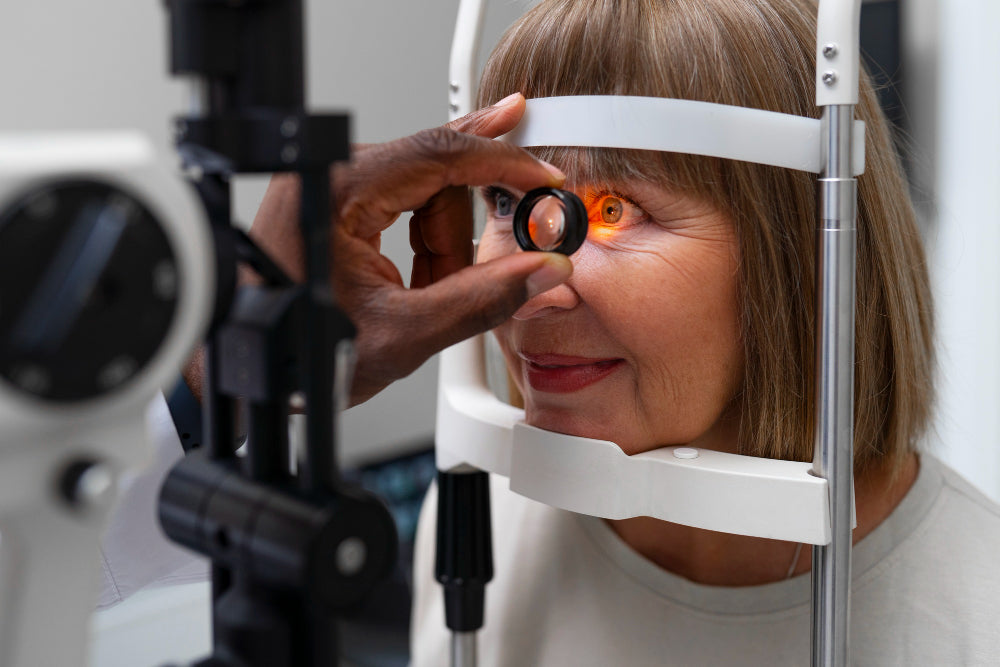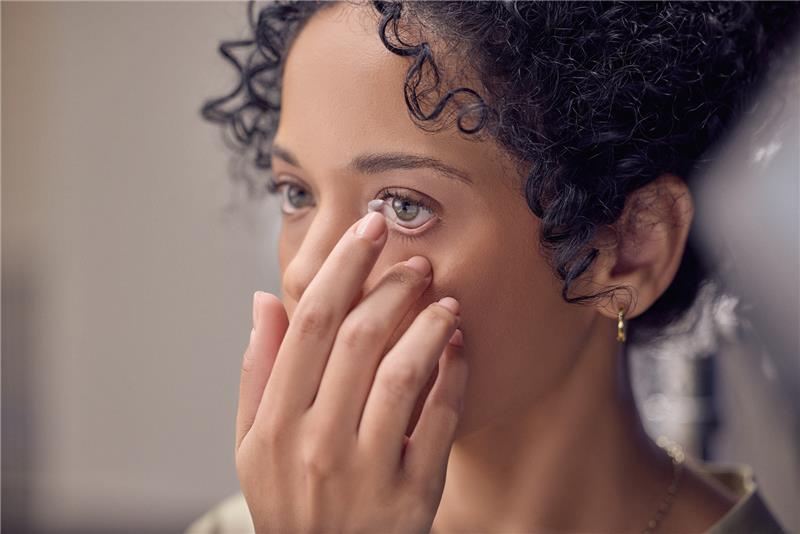At Vision Source Rio, we prioritize ensuring that our patients receive top quality eye care. This commitment extends to keeping our patients well informed about examinations and medical insurance coverage.
A medical eye exam and a routine eye exam have become a common concern for many. A medical eye exam focuses on diagnosing and treating specific eye conditions or diseases.
In contrast, a routine eye exam primarily assesses vision and overall eye health without addressing particular medical concerns.
Knowing the difference between medical eye exams and routine eye exams is crucial for maintaining optimal vision health. Both serve essential purposes but cater to eye health and wellness aspects. We're navigating each to shed light on their significance here today!
20/20 Vision on Eye Exams
We frequently field inquiries about distinguishing between medical and routine eye exams. Both types of exams may encompass similar components, including refraction, dilation, and intraocular pressure testing.
This includes a personalized examination conducted by an eye care professional. An optometrist or an ophthalmologist conducts both medical and routine exams.
The key difference between medical and routine vision exams typically hinges on factors such as insurance provider requirements, specific reasons for the visit (or chief complaint), or the diagnoses made by the physician.
What is a Routine Eye Exam?

A routine eye exam, on the other hand, includes diagnosis and treatment of non-medical complaints, like astigmatism or farsightedness. Anything related to glasses or contacts prescription is considered a routine exam.
Also, if the doctor gives you a diagnosis of myopia (nearsightedness), that's a non-medical, "routine" diagnosis, and your exam is routine.
Example: If you see the doctor for blurry vision, that's a routine exam.
What is a Medical Eye Exam?

A medical eye exam includes diagnosing and treating an eye disease or sickness (like glaucoma, conjunctivitis, or cataracts).
If the doctor discovers that your vision is blurry because you have cataracts, and your final diagnosis is a medical diagnosis, your exam becomes a medical exam.
Example: If you see the doctor because of a pink eye or stye issue, that's a medical exam.
Diving Deeper: Medical Eye Exam vs. Routine Eye Exam

Our eyes are invaluable assets, allowing us to experience the vibrant world. Regular eye exams are crucial to ensure optimal eye health and clear vision.
However, some confusion surrounds the distinctions between a medical eye exam and a routine eye exam.
The Significance of a Routine Eye Exam
Routine eye exams are pivotal in preventive care and early detection of eye conditions.
It typically includes various tests to evaluate visual acuity, eye muscle coordination, peripheral vision, and the overall health of your eyes.
During a routine eye exam, your eye care provider will check for common vision problems such as nearsightedness, farsightedness, and astigmatism.
Additionally, they will examine the internal structures of your eyes to detect signs of eye diseases like glaucoma, macular degeneration, and cataracts.
Consider these compelling statistics:
- According to the American Optometric Association (AOA), more than 93 million Americans are at risk of vision loss, yet only half visited an eye doctor in the past year.
- The AOA also reports that many eye diseases, including glaucoma and diabetic retinopathy, have no noticeable symptoms in the early stages, making regular eye exams essential for early detection and treatment.
By prioritizing routine eye exams, individuals can take proactive measures to preserve their vision and address any underlying issues before they escalate.
The Importance of Medical Eye Exams
Medical eye exams are essential for addressing specific eye health concerns and managing chronic eye conditions. This type of exam is typically recommended when patients present with symptoms such as eye pain, redness, irritation, sudden vision changes, or injuries to the eye.
Additionally, individuals with known eye conditions or systemic health issues that affect the eyes, such as diabetes or hypertension, may require medical eye exams to monitor their eye health closely.
Here are a few key points to consider:
- Early detection and treatment of eye diseases can prevent irreversible vision loss. For example, timely intervention for diabetic retinopathy or age-related macular degeneration can significantly improve outcomes and preserve vision.
- Medical eye exams may involve specialized tests and procedures tailored to effectively diagnose and manage specific eye conditions. This may include imaging tests, such as optical coherence tomography (OCT) or fundus photography, to evaluate the retina and optic nerve in detail.
Individuals can receive personalized treatment plans and guidance to safeguard their vision and overall well-being by seeking timely medical eye care.
Don't Play See-No-Evil: Get the Right Exam
So, which exam do you need? Here's a quick guide:
- Routine exam: Schedule one every 1-2 years for regular checkups and vision updates.
- Medical exam: If you experience eye problems, have risk factors, or require follow-up care.
Concluding Thoughts
The above blog post explored the differences and emphasized the importance of prioritizing eye health through comprehensive examinations.
Both routine eye exams and medical eye exams are essential components of comprehensive eye care. While routine eye exams focus on preventive measures and overall eye health, medical eye exams address specific concerns and conditions that require medical attention.
By understanding the distinction between the two and prioritizing regular eye care, individuals can take proactive steps to preserve their vision and enjoy a lifetime of healthy eyesight.
~ Remember, your eyes are invaluable assets—nurture them with regular eye exams and proactive eye care.
Differences in Insurance

Insurance coverage hinges on your insurance provider, policy details, and a specific plan. Certain insurance providers extend coverage for medical exams exclusively, omitting routine exams.
Others may necessitate a co-payment for routine exams, even though covering a portion of the expenses. Some policies may offer discounts on eyeglasses and contact lenses. Additionally, while some plans may cover annual medical exams, others may do so biennially.
Now you can see the difference between routine and medical eye exams! Schedule your appointment today and keep your precious vision crystal clear.
Also read:
- Can Myopia be Reversed?
- Are Led Lights Bad for Your Eyes?
- What are the Causes of Dry Eyes at Night?





